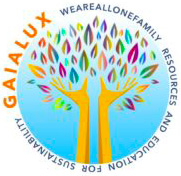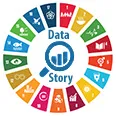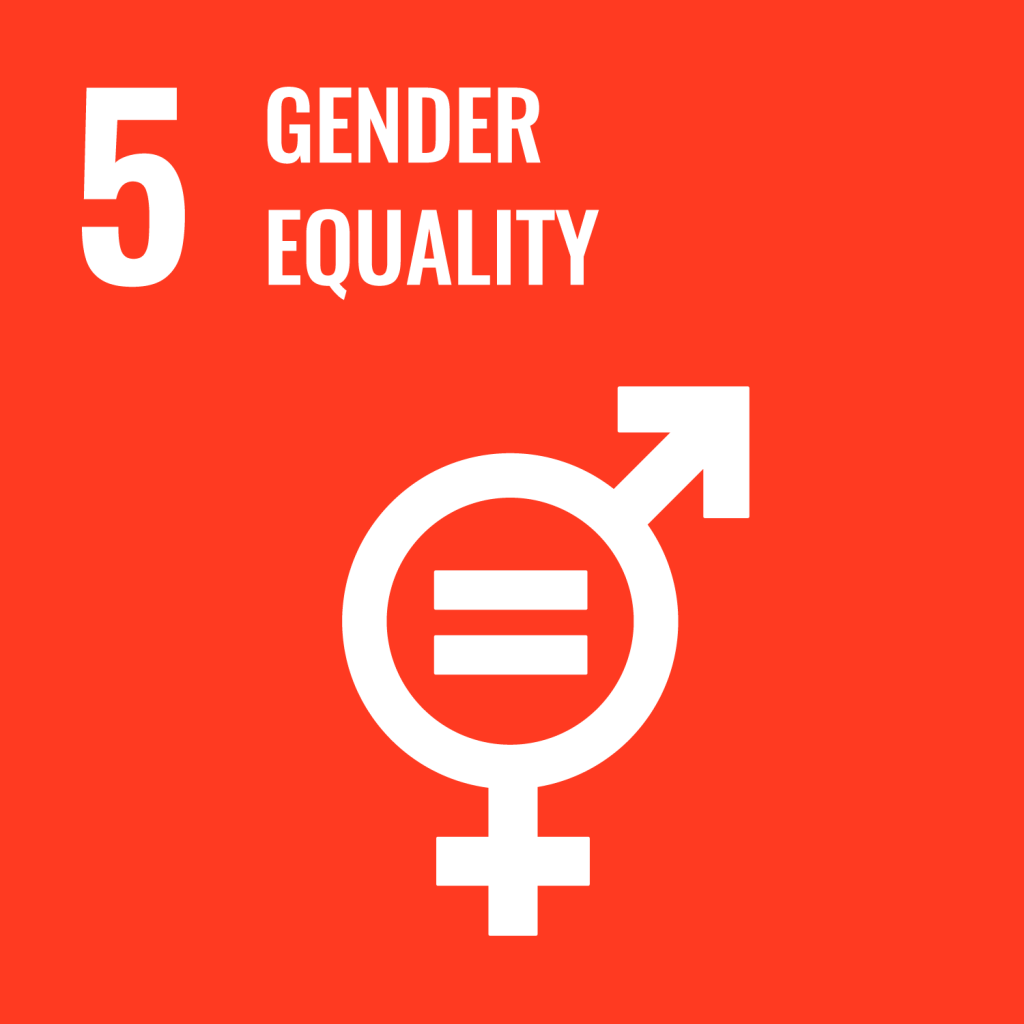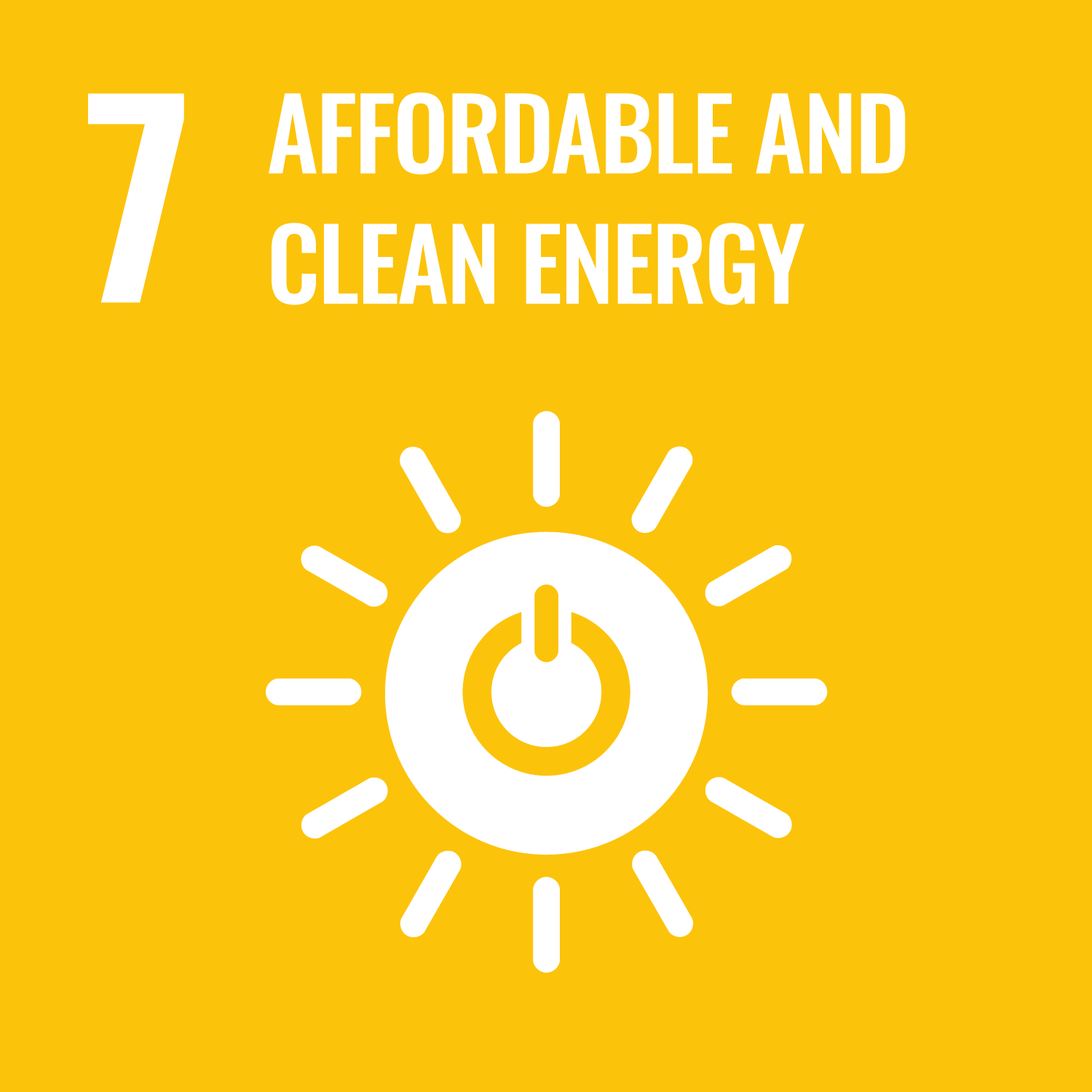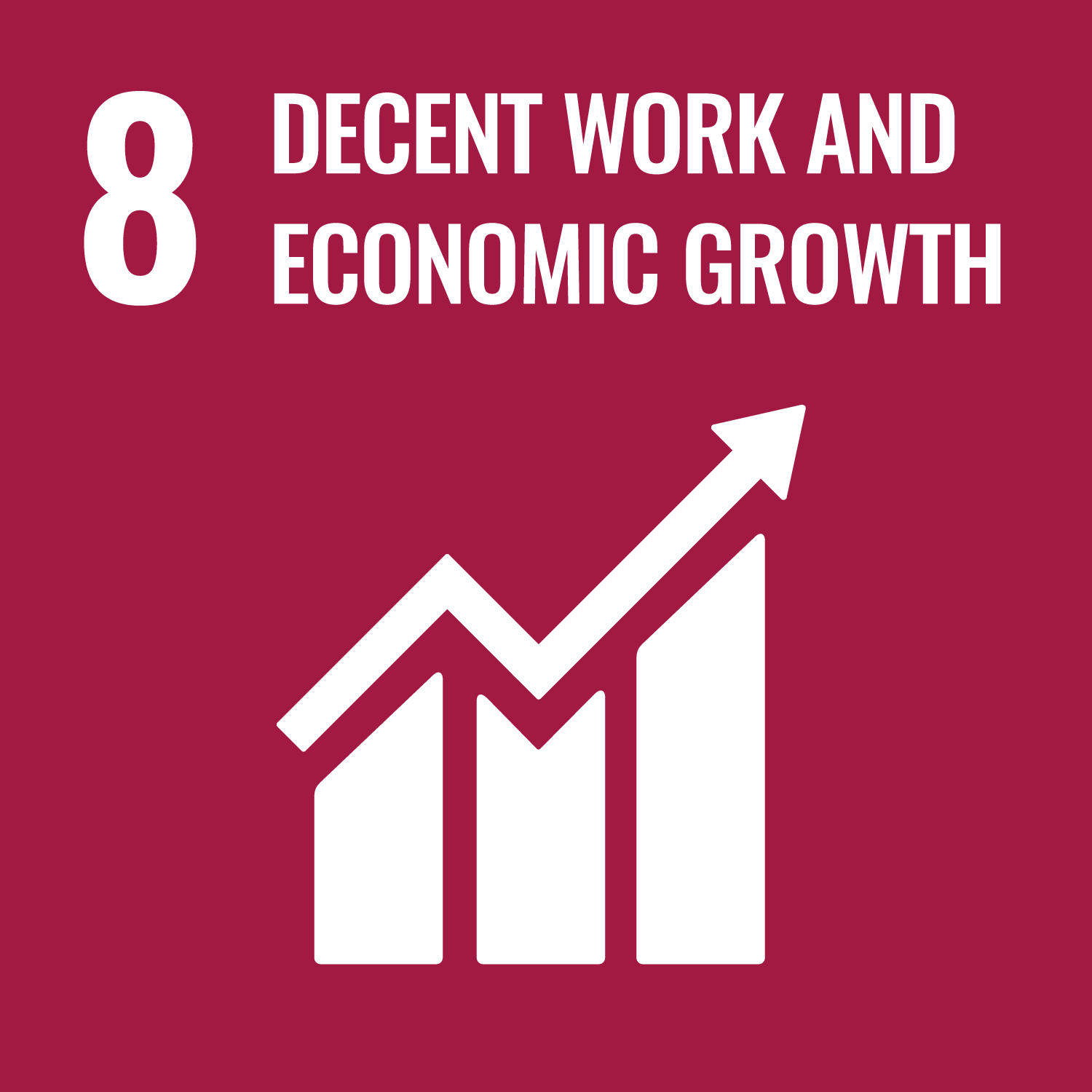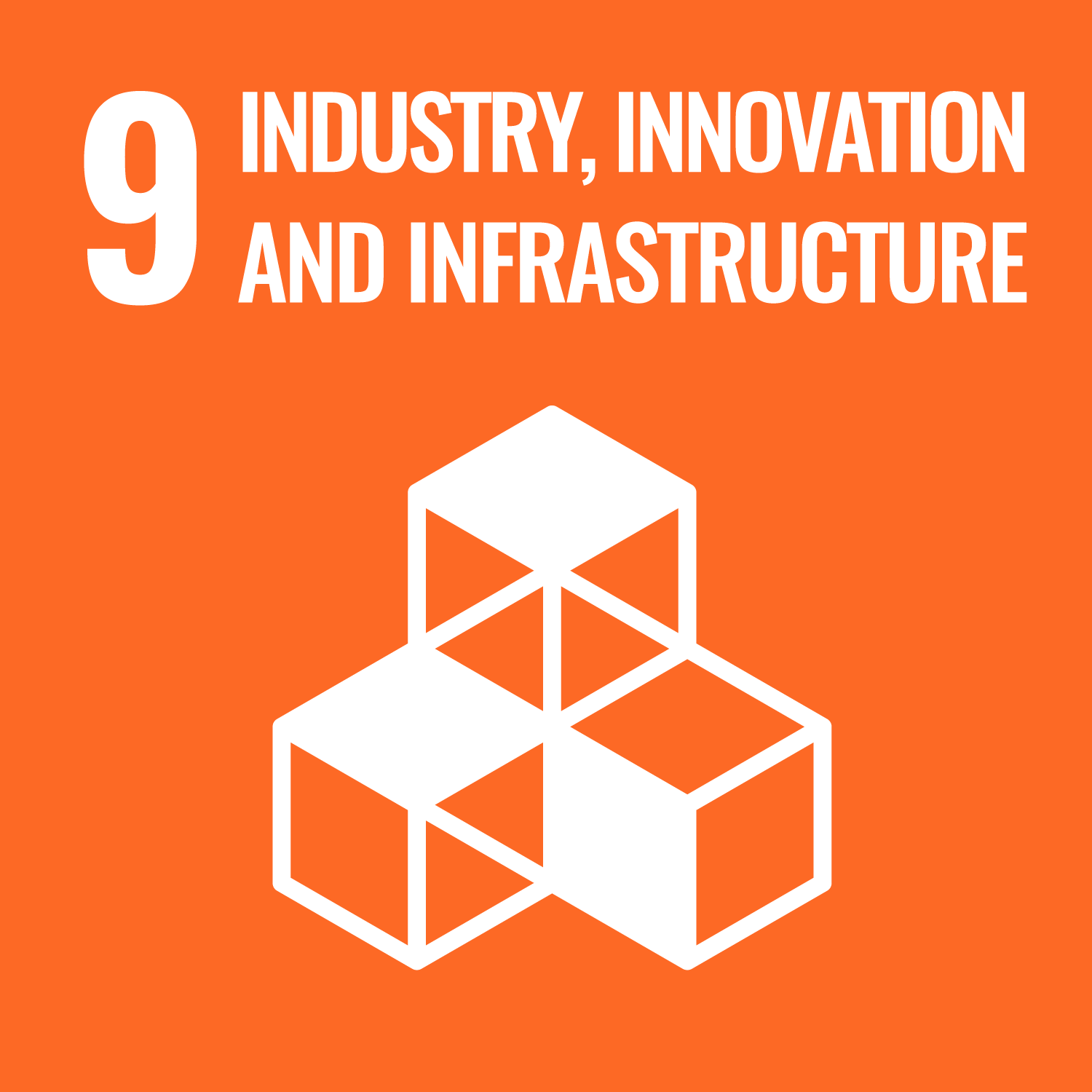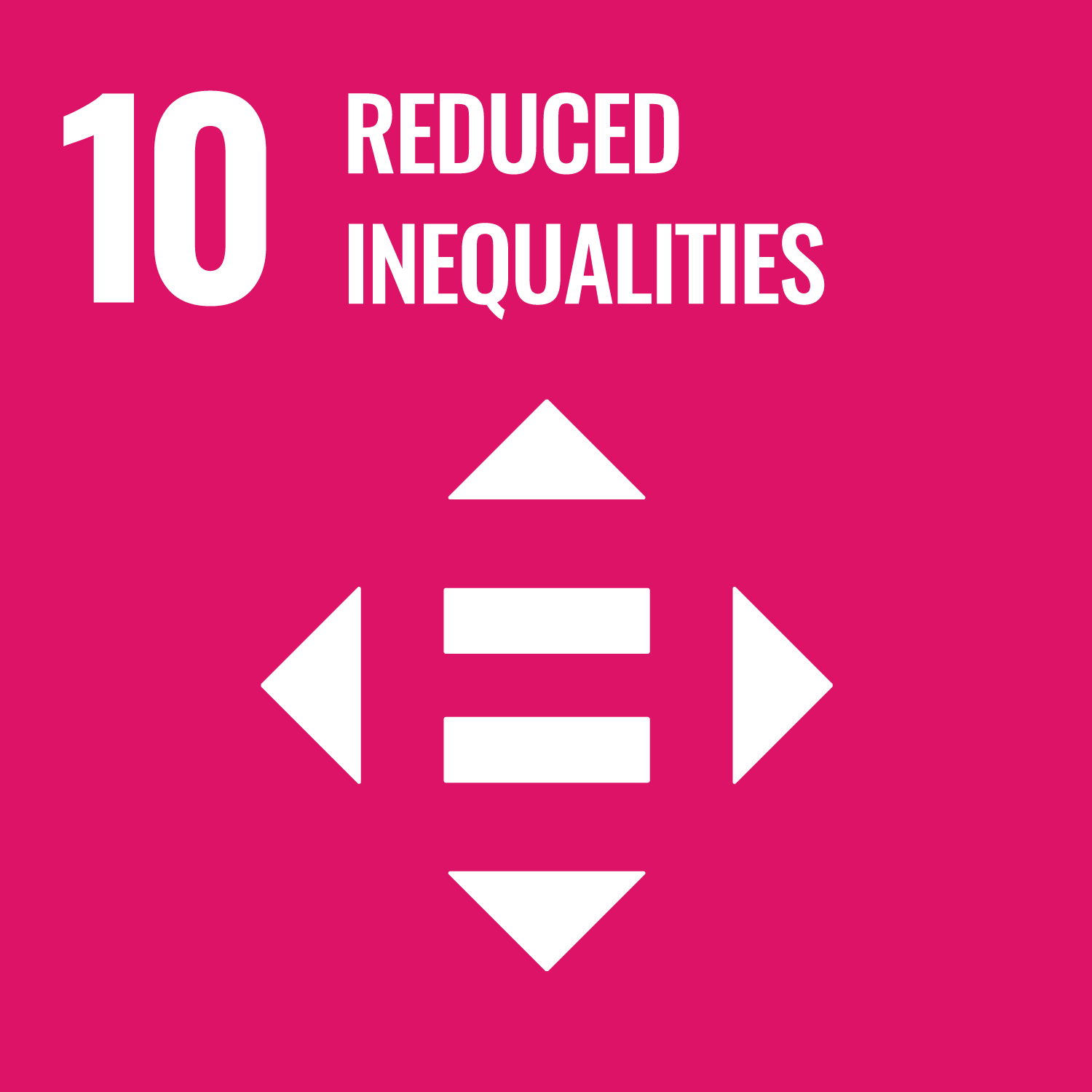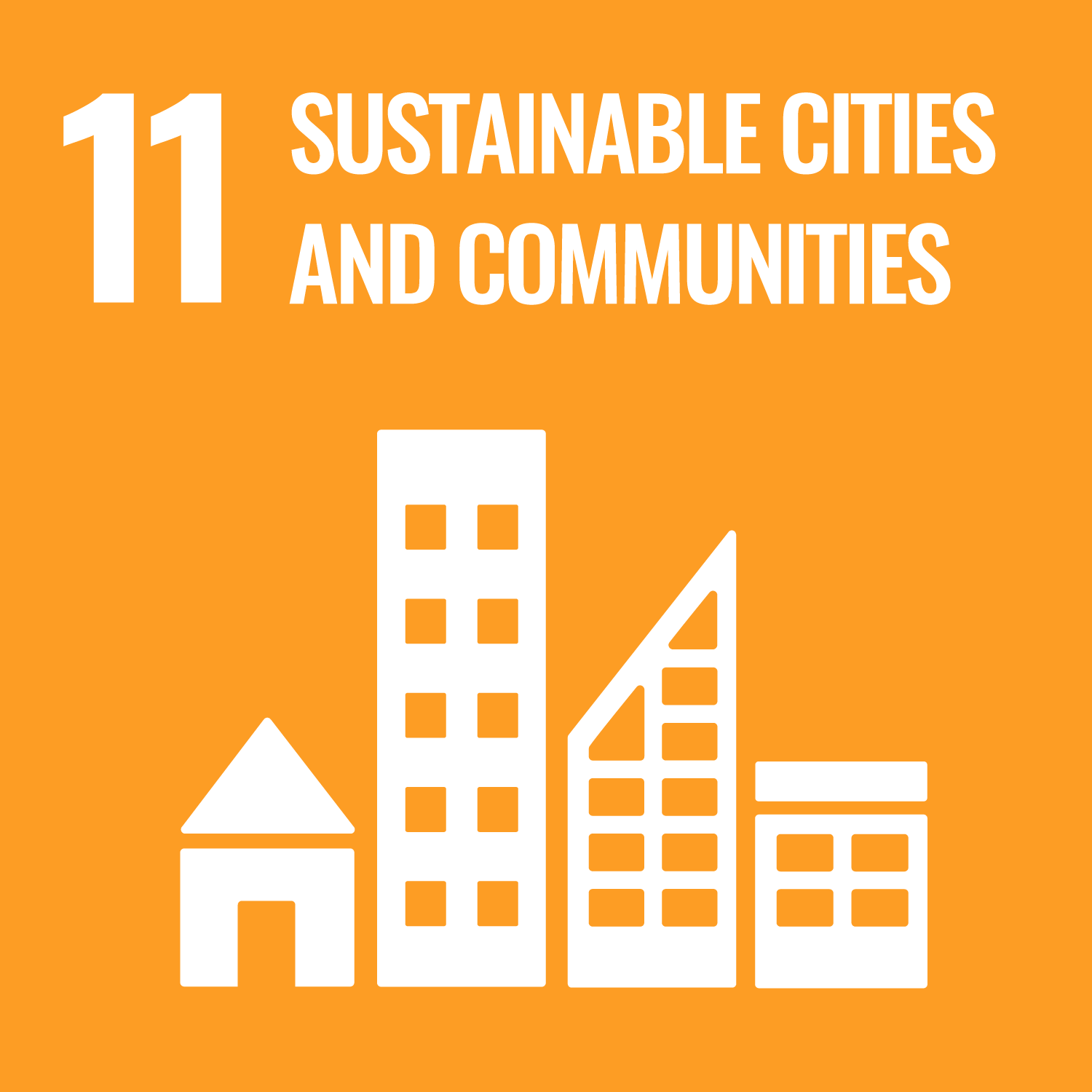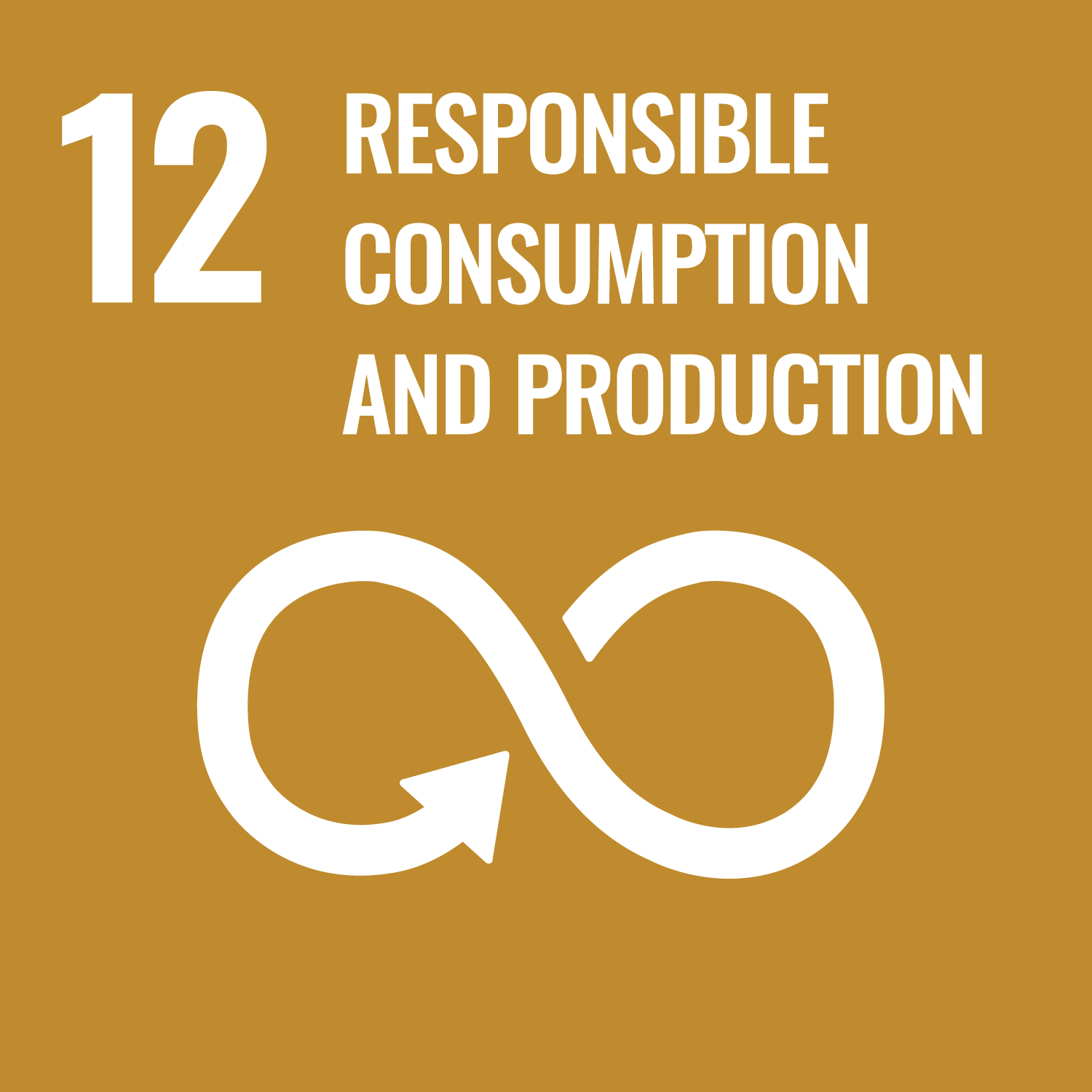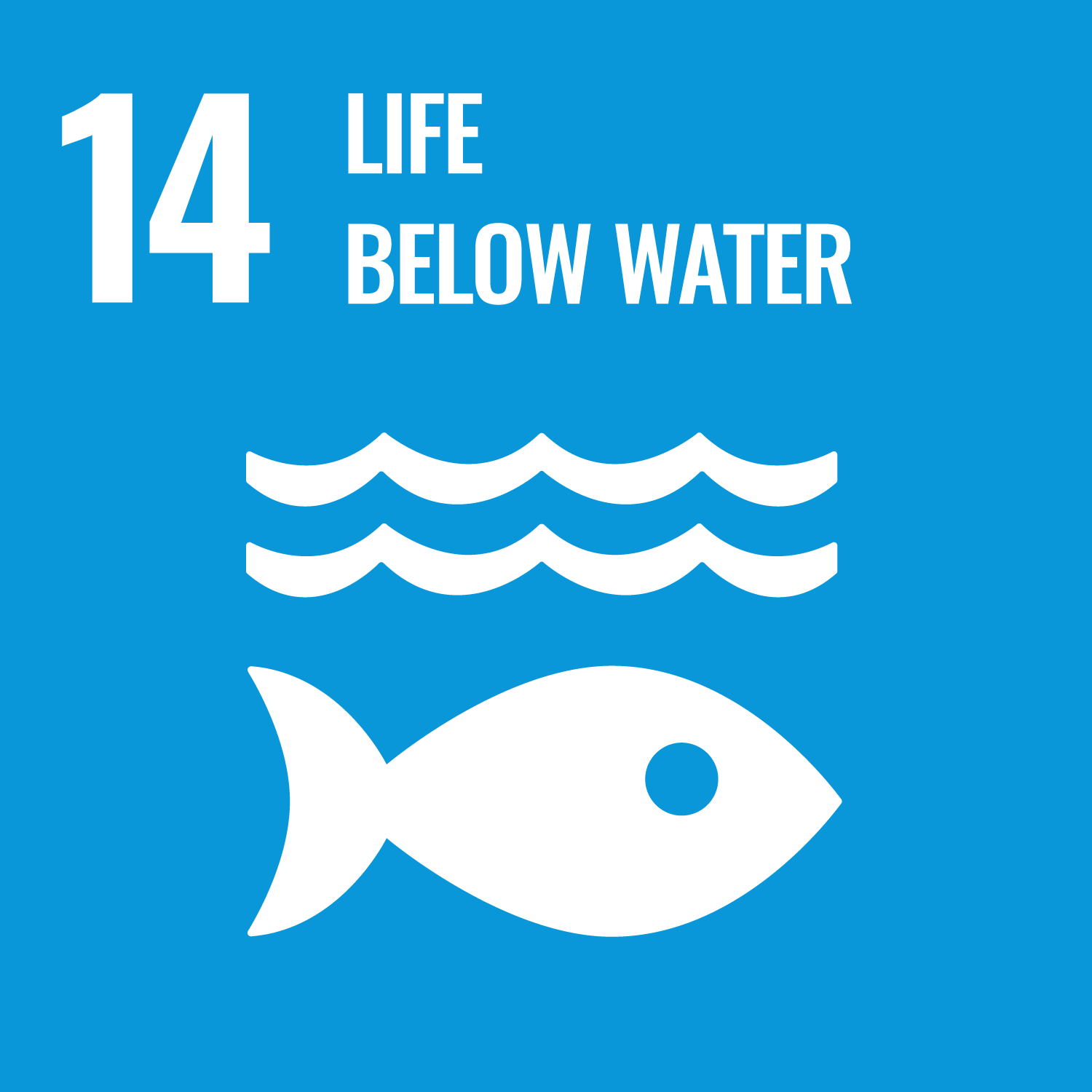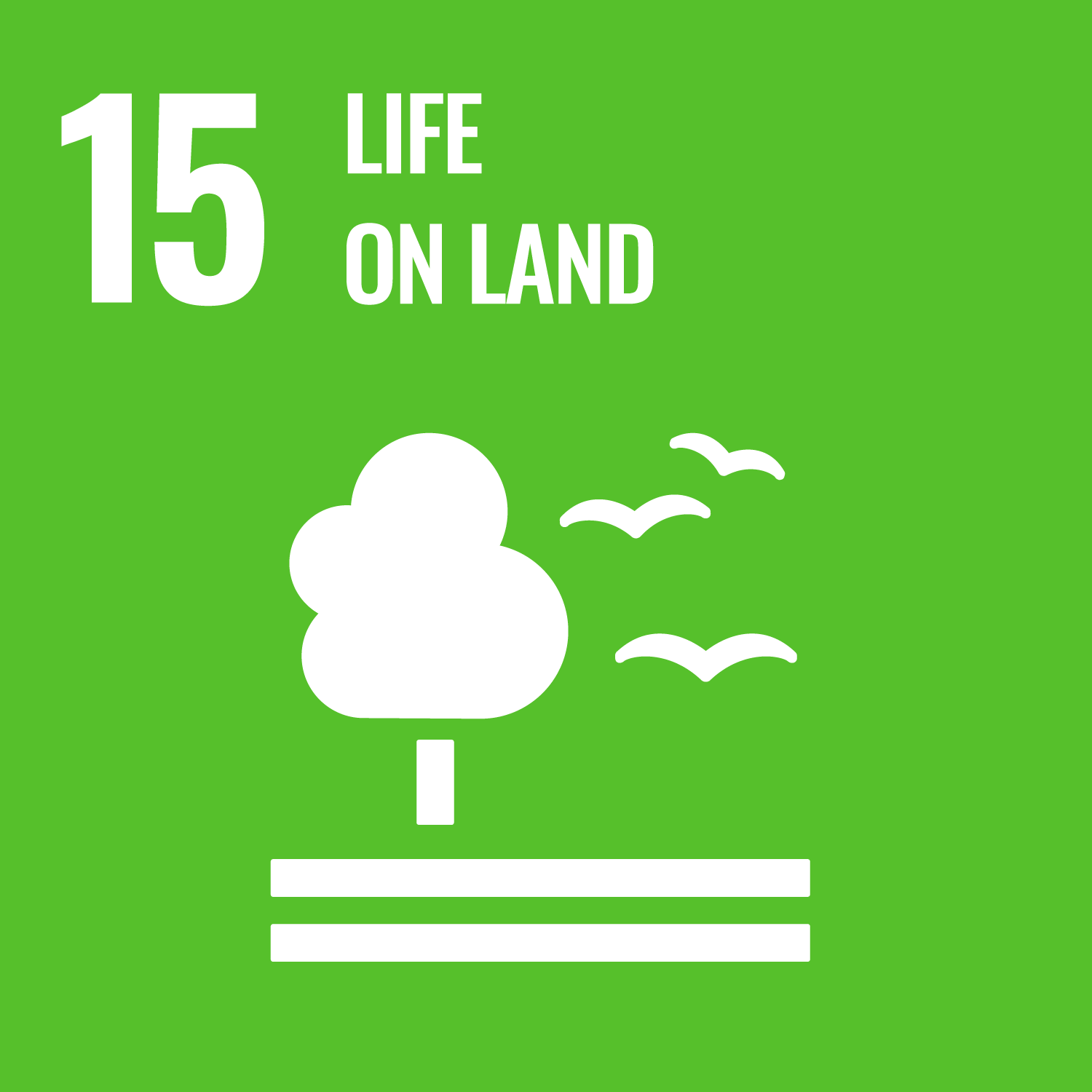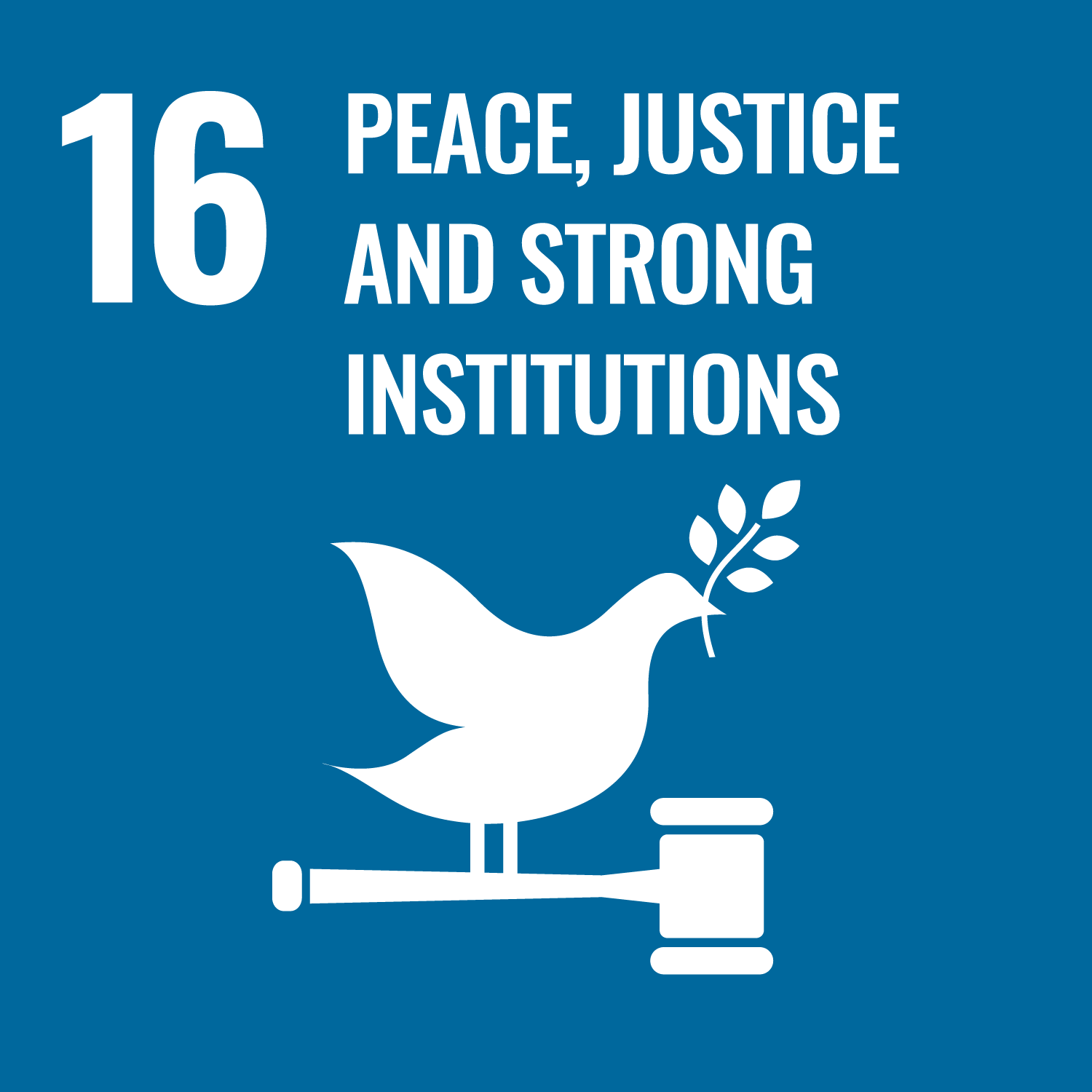Agenda 2030
No one is excluded! The Agenda 2030: A New Blueprint
Why Gaia?
In the 1970s, Chemist James Lovelock introduced the Gaian theory, which posits that the Earth is a living planet, a single living organism.
Agenda 2030
No one is excluded! The Agenda 2030: A New Blueprint
Why Gaia?
In the 1970s, Chemist James Lovelock introduced the Gaian theory, which posits that the Earth is a living planet, a single living organism.
In the 1970s, Chemist James Lovelock introduced the Gaian theory, which posits that the Earth is a living planet, a single living organism. Every element of life on earth creates and maintains the conditions of life. Humans, in this vision, are not detached from Nature but are part of it. We reflected on how this vision aligned with GaiaLux’s mission, hence the name.
GaiaLux is an initiative dedicated to resources and education for sustainability, with the vision that we are all one family. At GaiaLux, we advocate for sustainable living and equitable resource distribution. We believe in the inclusivity of all beings and the interconnectivity of life on Earth and we think that the Agenda 2030 can provide a powerful blueprint to this mission.
Explore more the Goals and Targets by clicking on the SDGs icones
What is the Agenda 2030?
The United Nations’ Agenda 2030 for Sustainable Development is a global action plan for people, planet, and prosperity. It covers all vital dimensions of human and ecosystem well-being: social, economic, ecological, and worldwide culture. The Agenda was set by Member States of the United Nations on 25 September 2015 to improve our planet and living beings’ conditions. It is composed of 17 Goals with 169 Targets to be accomplished by 2030.
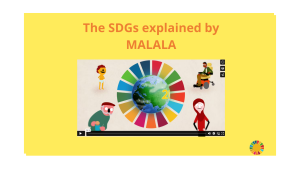
Ref. Watch Malala presenation to SDGs
More references: United Nations webpage

Improve the social and environmental components of well-being
The road to the Agenda 2030
The Agenda 2030 has a long history and it draws on the United Nations’ blueprint Millenium Development Goals set at the UN World Summit in 2002. With respect to the MDGs (eight goals to be achieved by 2015), the SDGs broaden the look to include the well-off countries from the North globe and improve the social and environmental components.
Global action plan for people
4-dimensions approach to Sustainability
The Agenda 2030 is a global action plan for people, planet, and prosperity, covering all the important dimensions of human and ecosystem well-being:
Social, economic, ecological, and Empowerment&Action

Can you say which SDGs are related to the economic dimension? to the social dimension? to the environmental dimension? to empowerment and Action?
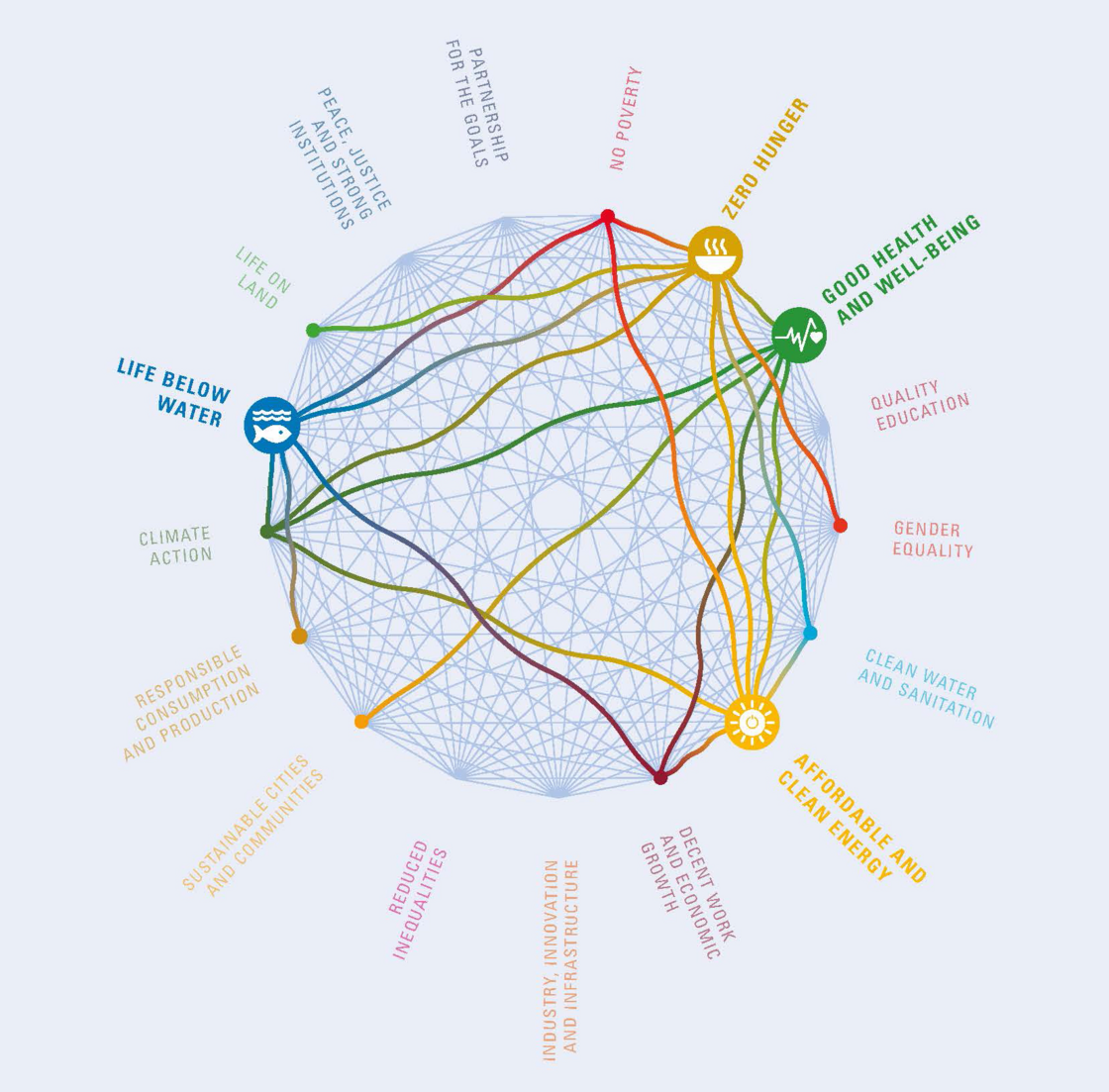
📚 Ref. Alan Atkinson “SDGs, everything is connected“
🌍 More reference on: World Forum Portal
“SDGs, indubitably, overlap themselves, global problems are interconnected and social issues play a huge role in sustainability” – (ref. Gaia Education)
A world where everyone has access to essential services
The 5 principles of the Agenda 2030
The five principles of Sustainability, as advocated by Agenda 2030, are Universality, Inclusiveness, Interconnectedness and Invisibility, Leaving no one behind, and Multi-stakeholder Partnership. These principles aim for a world where everyone has access to essential services, education, and a clean and functioning ecosystem. They are the bedrock of social and economic well-being.
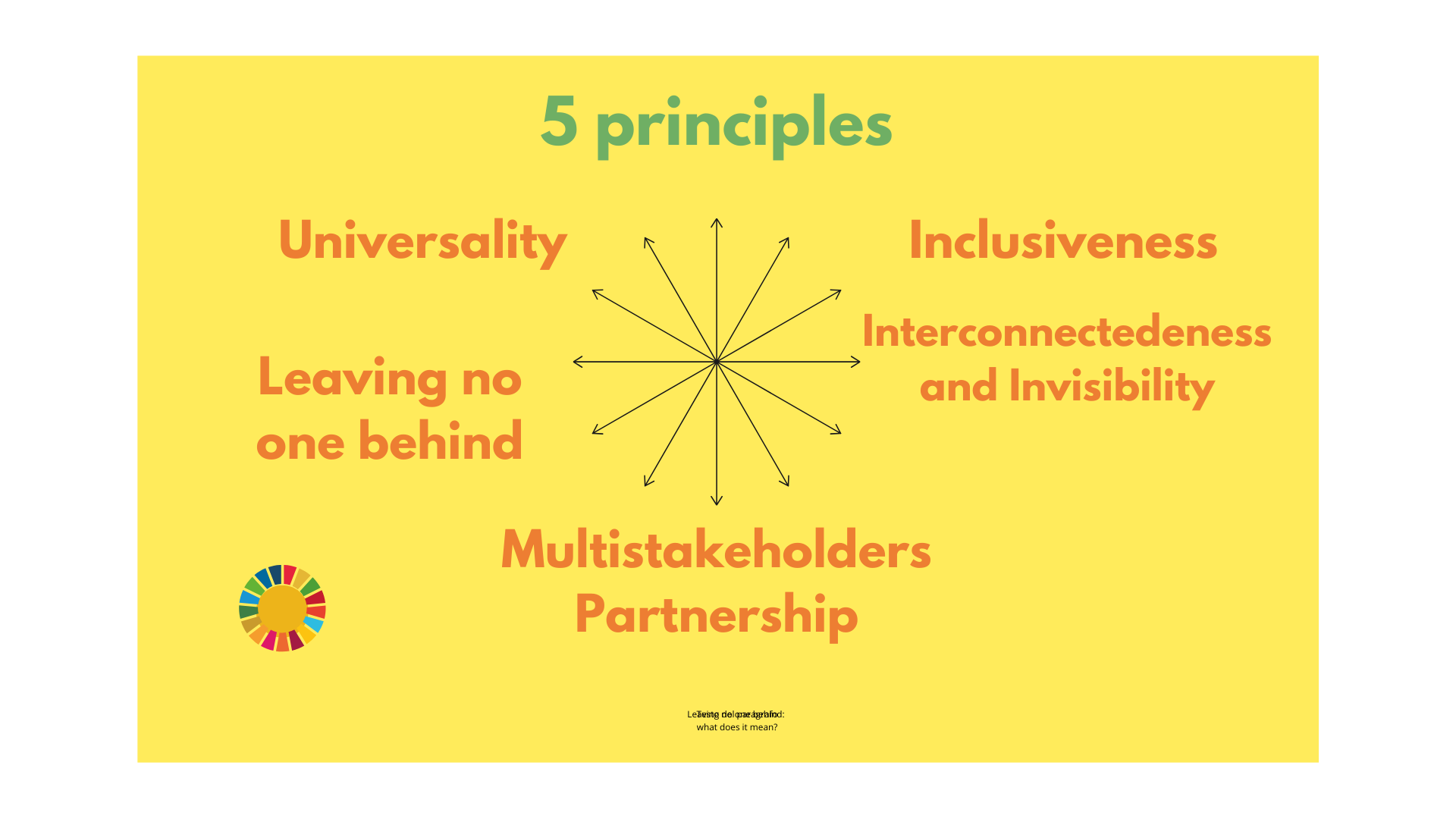
Interconnectedness: Think about a specific sustainability challenge in your school:
- Which SDGs are involved?
- how are they connected? (i.e. how water is served in your school, buying your clothes, commuting to school , school canteen’ menu…)
- Can you identify the 5 principles in one of one concrete eco-action in your school?
🥗 Identified Challenge: The School Canteen Menu
🚲 Identified Challenge: How Students Commute to School (Mobility)
👕 Identified Challenge: Students’ Clothing Choices (Sustainable Fashion)
Going beyond materialism
The concept of ‘prosperity‘ in the Agenda 2030
Several authors have highlighted substantial contradictions within the 2030 Agenda. These include the persistent reference to the traditional concept of “growth” (see SDG 8 and several other targets), the absence of an overarching vision of an alternative paradigm for achieving a sustainable society, and the fact that only a limited number of indicators monitor the physical use of resources, material flows, and waste. This creates a structural incoherence between the old growth-oriented approach and the urgent need to preserve ecological integrity (see Hickel 2019; Spangenberg 2017).
At the same time, the 2030 Agenda also opens up a new vision of well-being as a multidimensional concept. It offers a blueprint that holds the potential to move beyond the pursuit of wealth narrowly defined by material consumption and the extraction of profit from Nature. It also provides a possible framework for fostering global citizenship (Sachs 2012; Kroll 2015). Moreover, the Agenda plays a key role in revitalizing multilateralism, underlining the importance of peaceful and inclusive governance capable of steering the socio-ecological transition (Fukuda-Parr 2016; Gupta & Nilsson 2017).
Have a look at the essential dimensions of a fulfilled and happy life. Nowadays, economists have started to enlarge the approach to well-being, going beyond the strictly economic material consumption measured by the GDP. However, our economic policies and data monitoring are still struggling to incorporate this new vision.
Reference on ‘Prosperity’:
🎥 Watch ‘What is Prosperity‘
🎧 Listen “Is there really a human race?”
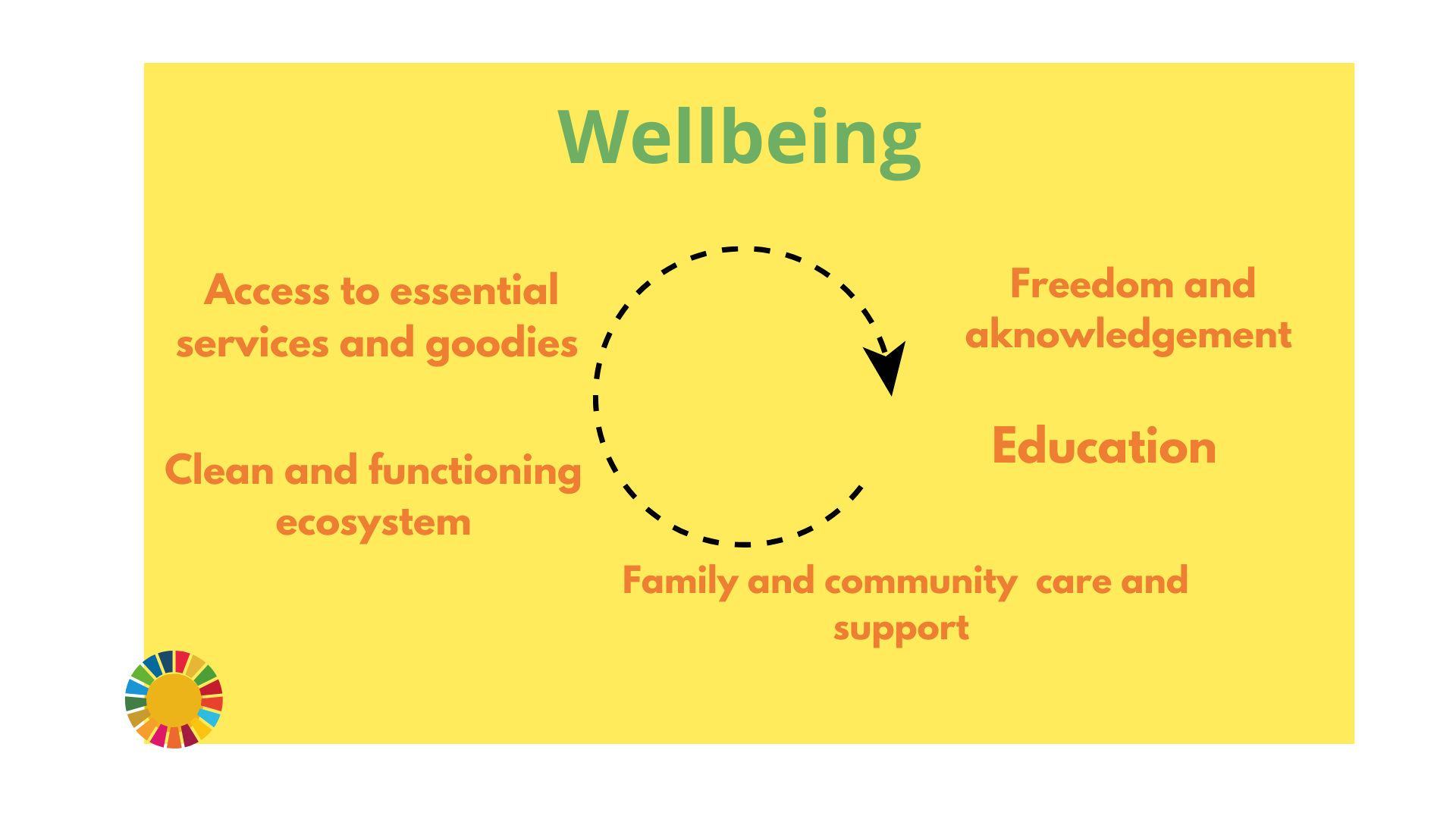
What are the key components of well-being in your opinion?
Can you say which SDGs are essential in a multidimensional approach to well-being?
Recently economists are discussing the concept of ‘happiness’ as a larger and more complex idea of well-being, beyond material goods: what would you put in your virtual ‘basket’ of goodies thinking about happiness?

On one hand, when there is too much inequality, poorer people have fewer resources and less power to protect the planet or speak up for sustainable policies.
On the other hand, these same people often suffer the most from pollution, climate change, or environmental destruction because they depend more directly on nature for their daily life.
💡 That’s why equality (SDG 10) is so important for building a fairer and more sustainable world for everyone!
Inclusive care for our environment
One of the notable innovation of the Agenda 2030 is SDG 10
Why is Equality essential to a sustainable society?
How does environmental degradation disproportionately impact vulnerable groups?
Do you know that in the last year inequality has sharpened dramatically, and that women and vulnerable groups are the most effected by environmental degradation, can you have a look to the Indicators and find some evidence?
In which way a degraded environment affect more vulnerable groups?
We are all integral parts of our biosphere
The ‘Wedding-cake’ approach to the Agenda 2030
Environmentalists from the Stockholm Resilience Center propose a slightly different lens to the SDGs: a vision that emphasizes the funding role of the Biosphere which provides living beings the essential life-supporting ecosystem services, such as a hospitable climate, clean water, food, fiber, and many others good and services. In this vision, we are all integral parts of the living being system.
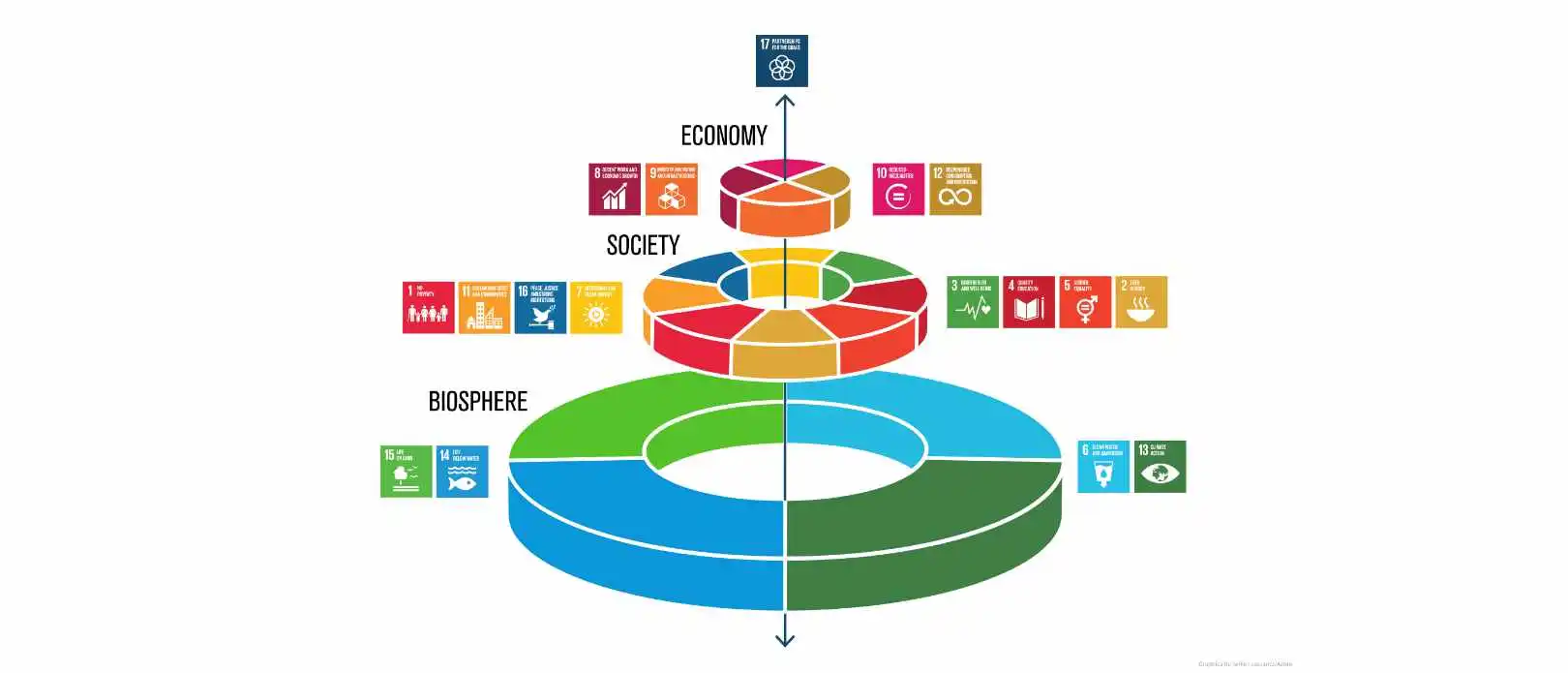
🎥 Watch the video: Reconnect to the biosphere – Stockholm Resilience Centre
“It is time for a shift in perception – from people and nature seen as separate parts to interdependent social-ecological systems.”

Environmental economists have so far tried to solve the degradation and pollution problem as a failure of the economic models to give a ‘price’ to the ecosystem services,
do you think all the goodies and services we get from the Biosphere can be somehow ‘priced’ ?
🎥 Watch David Attenborough underscoring the importance of Nature as a primary stakeholder in the decisions Nature for Life: People, Planet, Prosperity
🎥 On ‘externalities’ watch David Suzuki https://youtu.be/5IZLm5zNhfI
The inherent value of ecosystems
The Ecosystem is essential to our Well-being
The Ecosystem provides essential life-supporting services to living beings; Essential material, clean water and energy resources, sinking function to absorbe the waste produced by our economy and our daily life, priceless source of recreation, beauty, spiritual values, and other amenities.
The cost associated with the use of Nature has been traditionally named as ‘externalities’.
This term carries the inference that Natural resources are infinite and can be used in unlimited way.
Our daily lifestyle has an impact
How does our daily lifestyle play an impact on the Biosphere?
We contribute to the degradation of our Ecosystem – which is in turn so detrimental to our well-being – in many ways…directly and indirectly…
Think about your daily lives – look at the SDGs – which ones are involved in your daily choices?
(i.e. food, water, clothes, mobility, tourism)
🎥 Watch the cartoon ‘The Small Things’
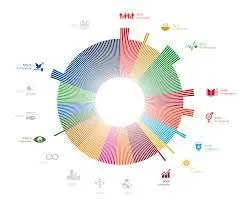
You can track your own country’s progress on the SDGs by visiting the:
Achieving a sustainable future
The SDGs review framework
To track the progress of the Sustainable Development Goals (SDGs) and their targets, a global indicator framework was established by the Inter-Agency and Expert Group on SDG Indicators (IAEG-SDGs) in March 2017. The framework has 231 unique indicators which are complemented by indicators developed by the member states at the regional and national levels. These indicators serve as a measure of our progress towards achieving the SDGs. Tracking the progress of the SDGs is essential in ensuring we are on the right path towards achieving a sustainable future. The High-Level Political Forum, established in 2012, meets annually for eight days with a central role in the follow-up and review of the 2030 Agenda for Sustainable Development at the global level.
More food for thoughts
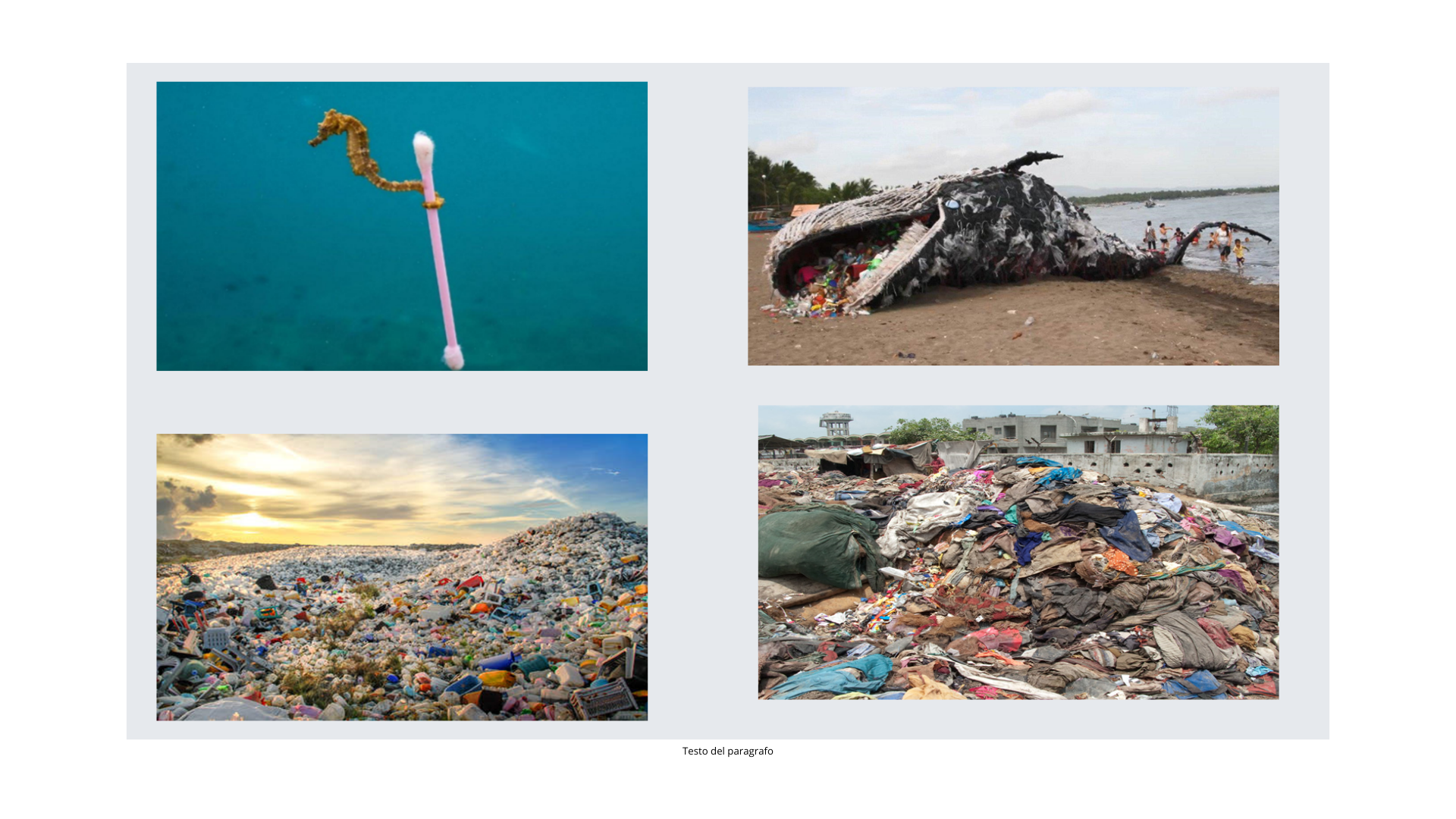
How does our lifestyle contribute to the Ecosystem’s degradation?

Who makes my goodies?
Disappearing Lands: The case of Marshall Islands.
Dried up Lands: Horn of Africa rain season failure.
Losing Lands: Bangladesh – Bangladesh – the rise of water is impacting poor people.
Shaken Lands: The Cyclone Freddie formed off Australia in early February 2023 and swept the Indian Ocean for 36 days .
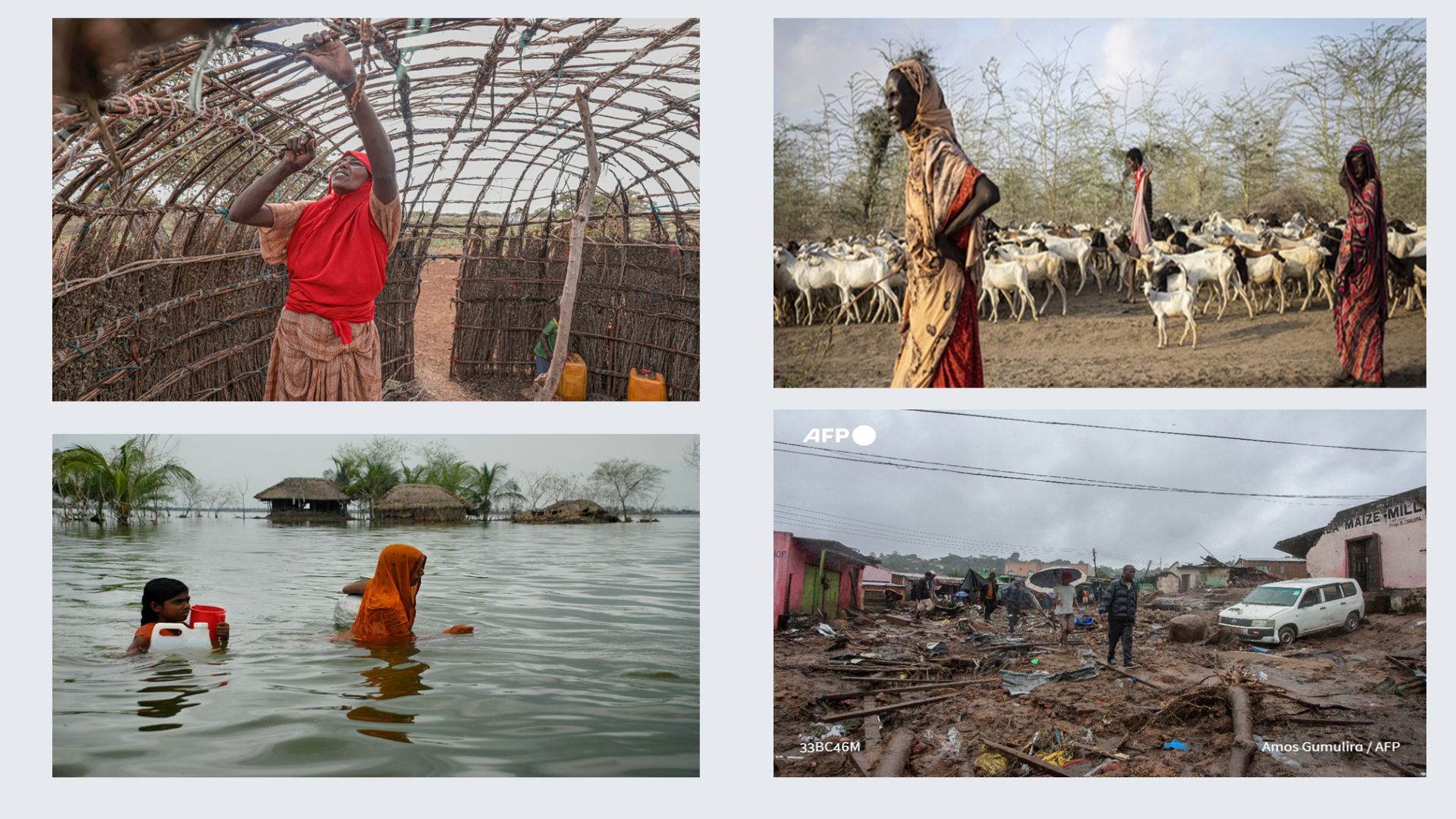
Do you know that 70% of refugees and people displaced from their own country come from regions severely affected by climate change?
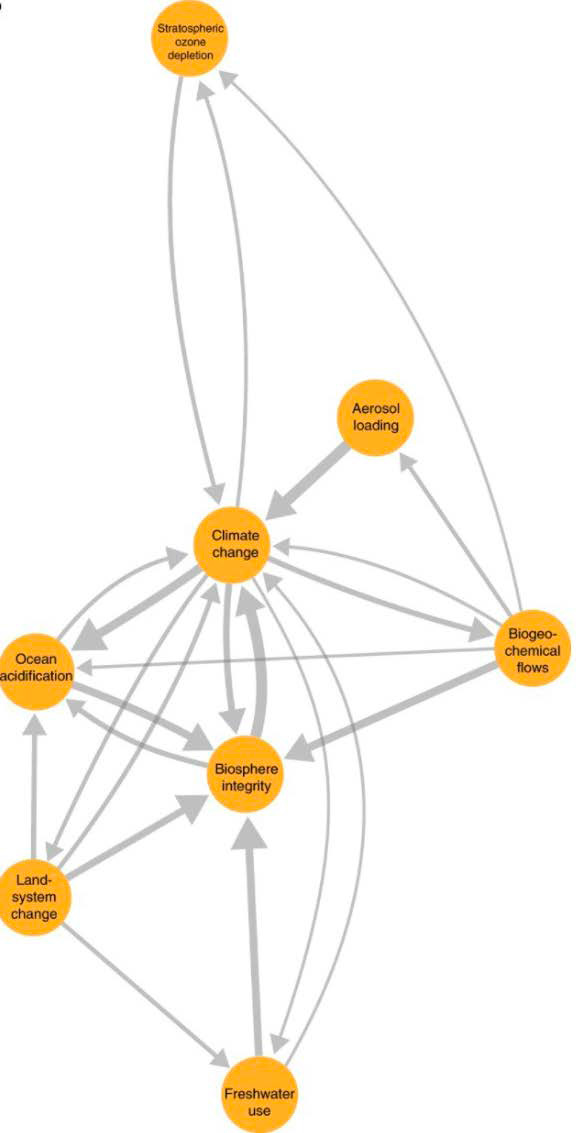
Planetary boundaries
The flow chart shows the main most critical planetary boundaries and describes how humans have impacted on the Earth biophysical integrity since Olocene. The flow chart show all the interactive forces in place. Authors report only the biophisical interactions that they were able to measure.
- Climate change, mainly caused by the alteration of the C02 cycle, but also Methan, Nitrogen, Florine gasses.
- Ocean acidification.
- Ozone layer depletion.
- Nitragen and Fluorine cycles alteration.
- Fresh water cycle alteration.
- Land system degrade.
Ref. Lade S.J. et al., “Human impacts on planetary boundaries amplified ba Earth System interactions”
